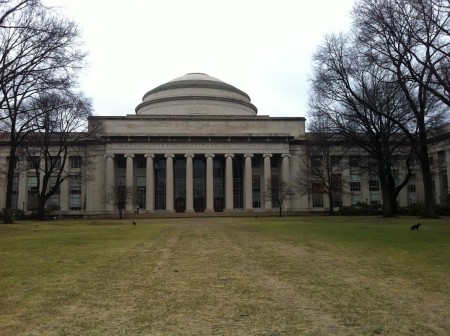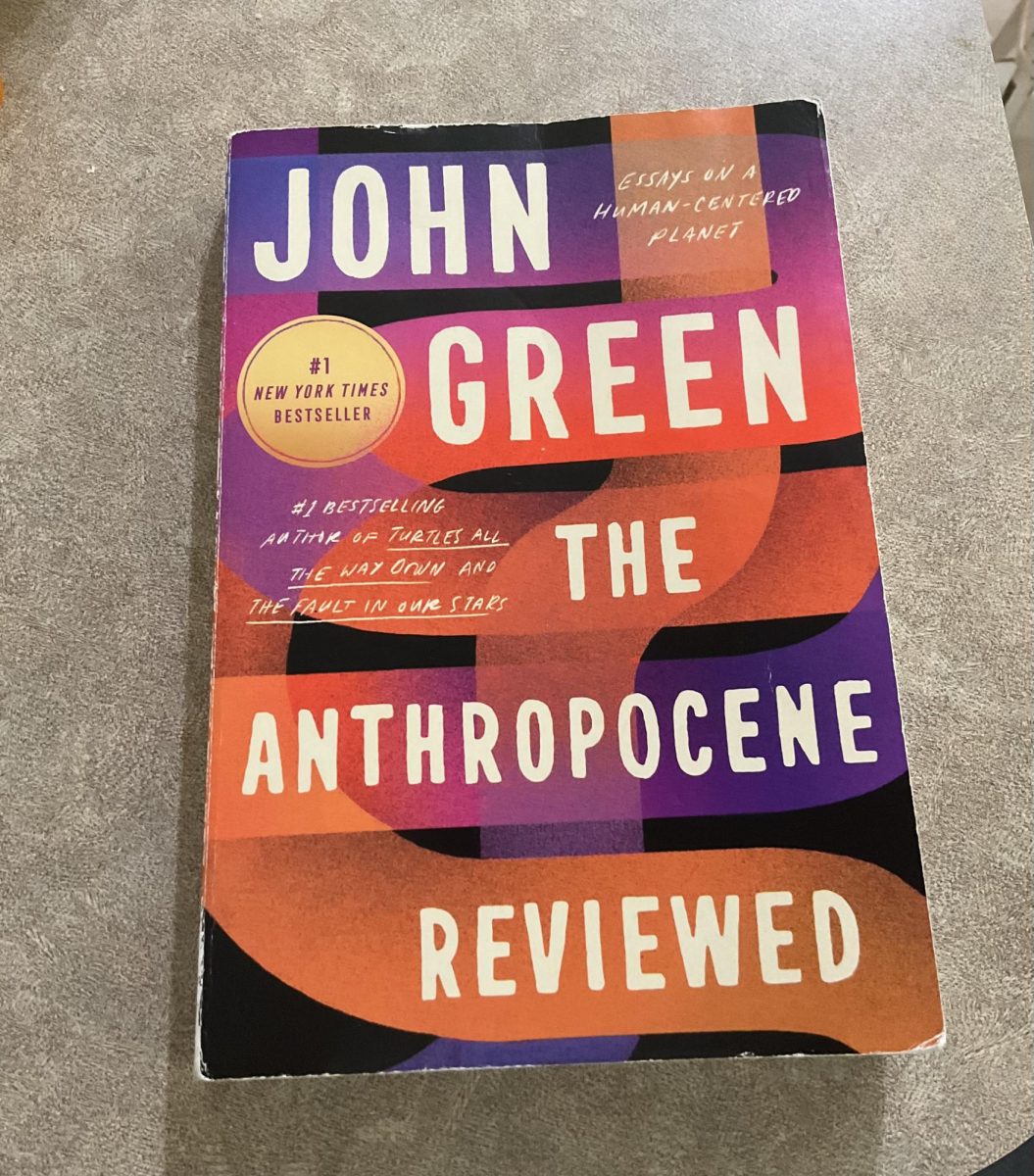
This past February, Harvard University announced that alumni Kenneth Griffin had made the largest gift in the school’s history. At a staggering $150 million, Griffin’s donation will impact as many as 800 students every year.
As college tuition continues to rise, the student loans debate remains to be a heated topic. College is slowly losing its appeal to a younger generation that is realizing that living under massive debt for the rest of their life is not something they want to do.
“I’m thinking about doing physical therapy, so that may mean going to medical school which is of course expensive. It’s hard to pursue something you want to do knowing that it’s going to cost so much money,” said Elli Gibson, 11.
Students across the nation are turning away from school due to the cost. However, since 2007, Harvard’s budget has increased by 88 percent. In addition, 66 percent of it undergraduates receive financial aids, limiting the amount that families pay for tuition to an average $12,000 per year.
At that price, the seemingly unaffordable school’s tuition is thousands less than the majority of private schools and even state schools.
Acts of philanthropy like’s Griffin’s make college a possibility for thousands of kids each year. Universities need to encourage for this to happen and not limit the intelligence in their school because of a price tag.
“I think prestigious needs to be more aware of how much strain going through college is,” said Gibson.
A huge shift in this culture is that teenagers are not getting jobs to help pay for college anymore. The fact is those jobs and minimum age just won’t cover it like it used too. Countless students feel a sense of hopeless when they see their dream college is going to cost them a house and then some.
“It is hard to imagine yourself at your dream school because often times it’s really expensive and you don’t know if it is a god idea to go to that school and be stuck with tons of debt own the road.
Thankfully, schools such as Harvard have taken the necessary steps to allow all students the equal chance of getting in the most prestigious, and often expensive, of schools, despite the price. Now all the other schools just need to get on board.




